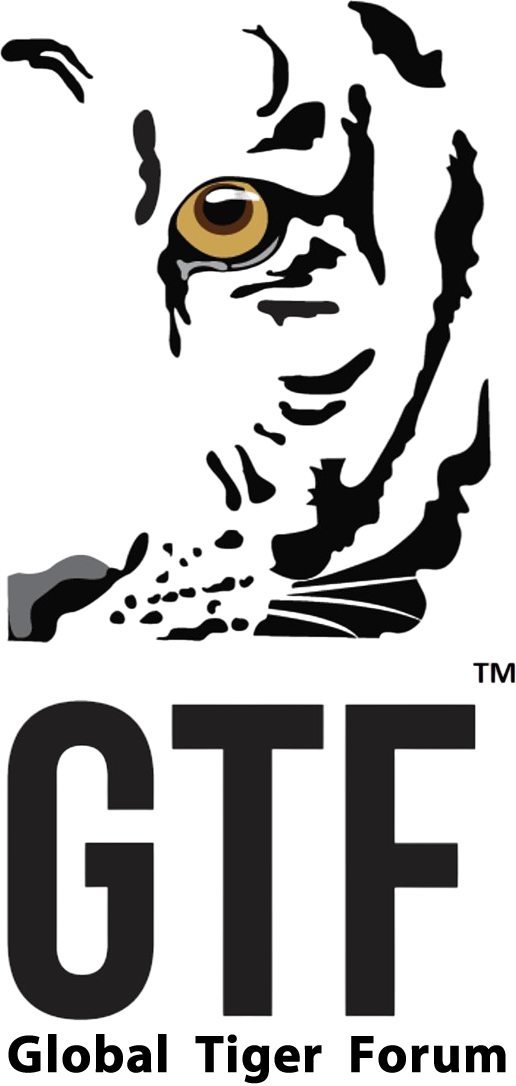
For decades, the presence of tigers in Sikkim’s high-altitude forest remained a mystery. Locals spoke of rare sightings, and a solitary paw-print in the snow sometimes hinted at a hidden passage across the ridgelines. The state’s rugged mountains connect to corridors in Bhutan and West Bengal, landscapes known for big cats, yet Sikkim itself seemed an enigma. Even the elders, however, have long kept alive stories of tiger, locally known as Ajotak (Ajo meaning uncle, Tak meaning tiger).
It is remembered not only as a predator but also as a protector, tied to Buddhist belief as one of four sacred guardians. Villagers in Pangolakha, Kyongnosla, Naga, Chungthang, and Lachung recall the same tale: once a year, the tiger was said to cross the mountains from Bhutan, passing through Sikkim’s forests before returning the same way. For many of them, Ajotak is not just an animal but a respected elder of the landscape, a living reminder that the high Himalayas are shared.
Through the project “Investigating and Addressing Tiger Conservation in Sikkim – the Eastern Himalayas” supported by IUCN’s Integrated Tiger Habitat Conservation Programme and funded by the German Cooperation via KfW Development Bank, the uncertainty has now been transformed into understanding. Camera traps, sign surveys, community monitors, and forest staff have together traced the stripes across Sikkim’s mountains. What once lived only in memory and myth now lives in both story and science – Ajotak/Tiger, the respected elder of Sikkim’s ridgelines, no longer a mystery but a presence to be protected.
The tiger is categorized as “Endangered” under IUCN red list, “Appendix I” of Convention on International Trade in Endangered Species of Wild Fauna and Flora (CITES) and is protected under “Schedule I” of India’s Wildlife Protection Act, 1972.
From the Unknown to Uncovered
The first step in building the scientific baseline was the deployment of camera traps all across the East and North region of Sikkim, covering Pangolakha WLS, Kyongnosla AS, Shingba RS, KNP North, and reserve forests such as Latui RF, Lagyap RF, Yali RF, Barapathing RF, Phadamchen RF, Tingda RF, Naga RF, Lachung RF, etc. Tigers were recorded in East Sikkim, though none were captured in the most recent survey from North; however, earlier evidence from Talam, Naga, etc, indicates their passage. The cameras also revealed an impressive array of species including small meso carnivores and diverse prey base with records of Himalayan Serow (Capricornis sumatraensis), Himalayan Goral (Naemorhedus goral), Barking Deer / Muntjac (Muntiacus muntjac), Sambar Deer (Rusa unicolor), among other.
Training Guardians of the Landscape
Over the project period, 264 forest frontline staff and 381 community representatives were trained in tiger ecology, camera trap deployment, and human–wildlife interface management. These trainings emphasized both practical skills and ownership. Local volunteers, including women and youth, became part of the monitoring network. Forest staff also received the orientation on human rights, rescue protocols, and safe patrolling. Rapid Response Team was equipped with training and a dedicated vehicle, walkie-talkies, an infrared-enabled drone, rescue cages etc, to reach remote conflict sites faster and safer.
From Conflict to Co-existence – A pilot mission
Villages near the forest edges often face crop losses and livestock depredation, which leads to conflict, especially during the maize ripening season between June and September. Farmers are mostly practicing intercropping, such as maize alongside potato, vegetables, and cardamom, and faced repeated raids by deer, wild boar, monkeys, porcupines, and even Asiatic black bears. In South Pangolakha, where settlements sit directly at forest fringes, more than 70% of households reported crop losses, with maize, potato, and vegetables most affected. These recurring encounters not only reduced yields but also deepened the sense of vulnerability among agrarian families who depend on small plots for subsistence. With this backdrop, the project’s introduction of 20 greenhouse tunnel structures across seven East Sikkim villages enables families to cultivate vegetables safely and year-round. Strengthened fences and compensation training helped households claim rightful support when losses occurred. WhatsApp alert groups now connected with rangers, panchayat leaders, and households, giving villagers minutes of warning when wildlife is near.
Tackling Hidden Threats: Securing the Edges of Conservation
Conflict is not always direct. Feral dogs, drawn to food waste, pose risks to both people and wildlife. They harass livestock, chase wild species, and spread disease. The project piloted a 14-day sterilization and vaccination drive across 16 locations in Pangolakha Wildlife Sanctuary. In total, 165 dogs were vaccinated and 61 sterilized in collaboration with SARAH, Sikkim Forest and Environment Department. The eco-bin composters were also installed in high altitude security camps to cut open waste that fuels stray populations.
This dual pilot approach was proposed to manage indirect threats to wildlife and reduce the conflict. It addresses health, wildlife safety, and community well-being together.
Beyond protection, the project also invested in awareness-raising activities that helped reach wider audiences, such as the Nature Interpretation Centre, which was upgraded with interactive panels, QR-based audio-visual content, and infographics linking tiger survival to ecosystem health. School children, tourists, and residents now have an engaging hub for learning. Through this initiative, an international collaboration has been formalized among the three HAT countries, with a working group dedicated to harmonized protocols, data sharing, and joint capacity building.
Sikkim has begun a new chapter where the tiger’s stripe is no longer hidden; it is woven into a living story of science, communities, and myth.
Disclaimer: This project is supported by IUCN’s Integrated Tiger Habitat Conservation Programme, funded by the German Cooperation via KfW Development Bank. The contents of this article are the sole responsibility of GTF and do not necessarily reflect the views of IUCN, the German Cooperation or KfW.
IUCN Save Our Species: https://iucnsos.org/
KfW Development Bank: https://www.kfw-entwicklungsbank.de/International-financing/KfW-Entwicklungsbank/
